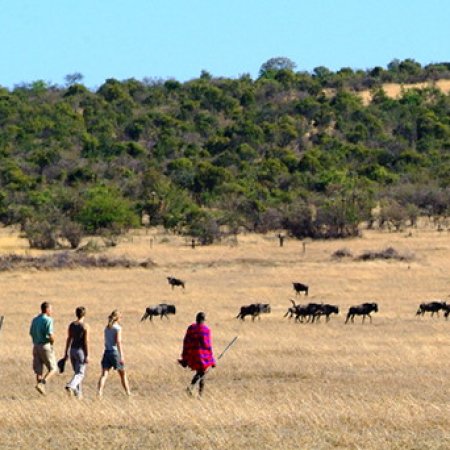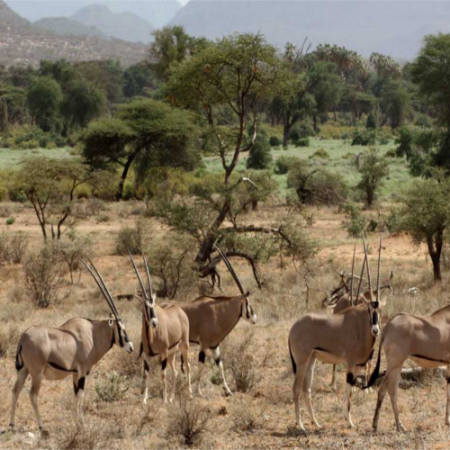Best Time to Go on a Mount Kenya Safari (and When to Avoid)
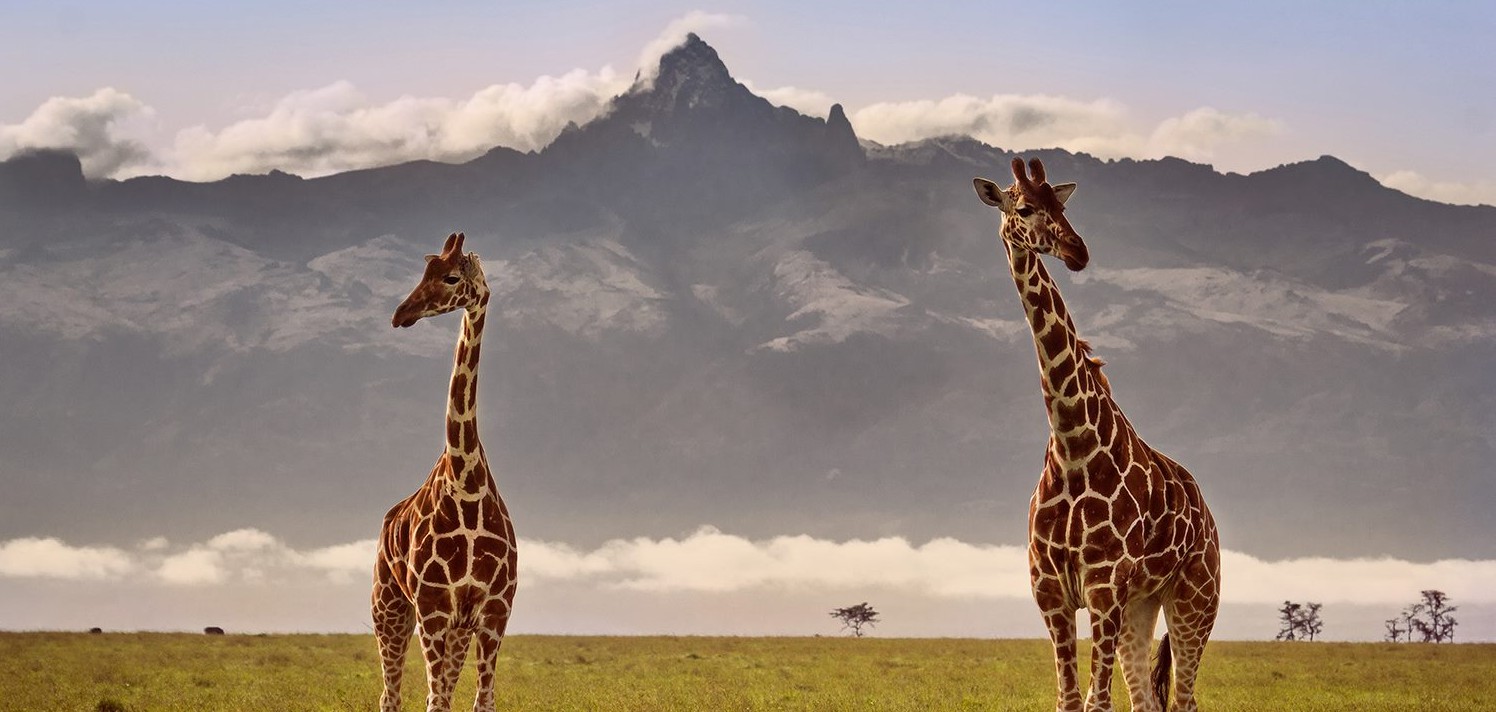
Planning a Mount Kenya safari is about more than just picking your trail or lodge, it’s about picking the right time to go. Whether you’re trekking to Point Lenana, spotting wildlife in Ol Pejeta, or exploring its unique ecosystems, timing plays a big role in your experience. Some months offer clear skies, epic views, and active wildlife, while others bring heavy rains, muddy trails, and low visibility.
So, when is the best time to visit Mount Kenya and when should you avoid it?
Let’s break it down season by season.
Best Time to Visit Mount Kenya: January to March
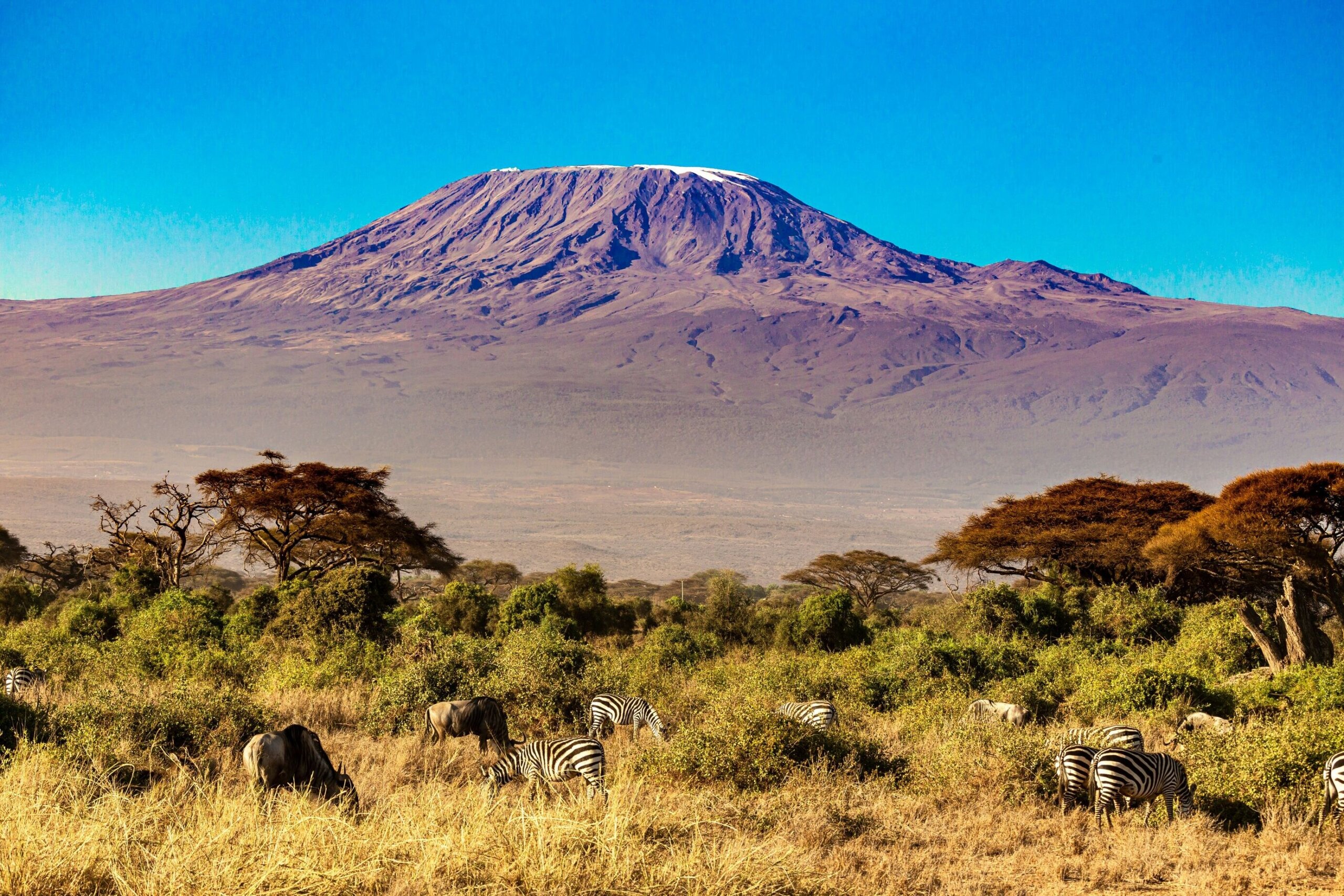
Pros:
-
Dry weather, clear skies
-
Warm daytime temperatures
-
Excellent visibility for summit views and photography
-
Active wildlife in surrounding reserves (Ol Pejeta, Samburu)
Why It’s Ideal:
This is peak trekking season. Trails are dry, snow on the peaks is stable, and the mornings are crisp and clear. Wildlife is also easier to spot as animals gather around permanent water sources in nearby conservancies. Perfect for trekking to Point Lenana, Mount Kenya photography safaris, or combining with Ol Pejeta and Laikipia safari adventures.
July to October (Dry Season)
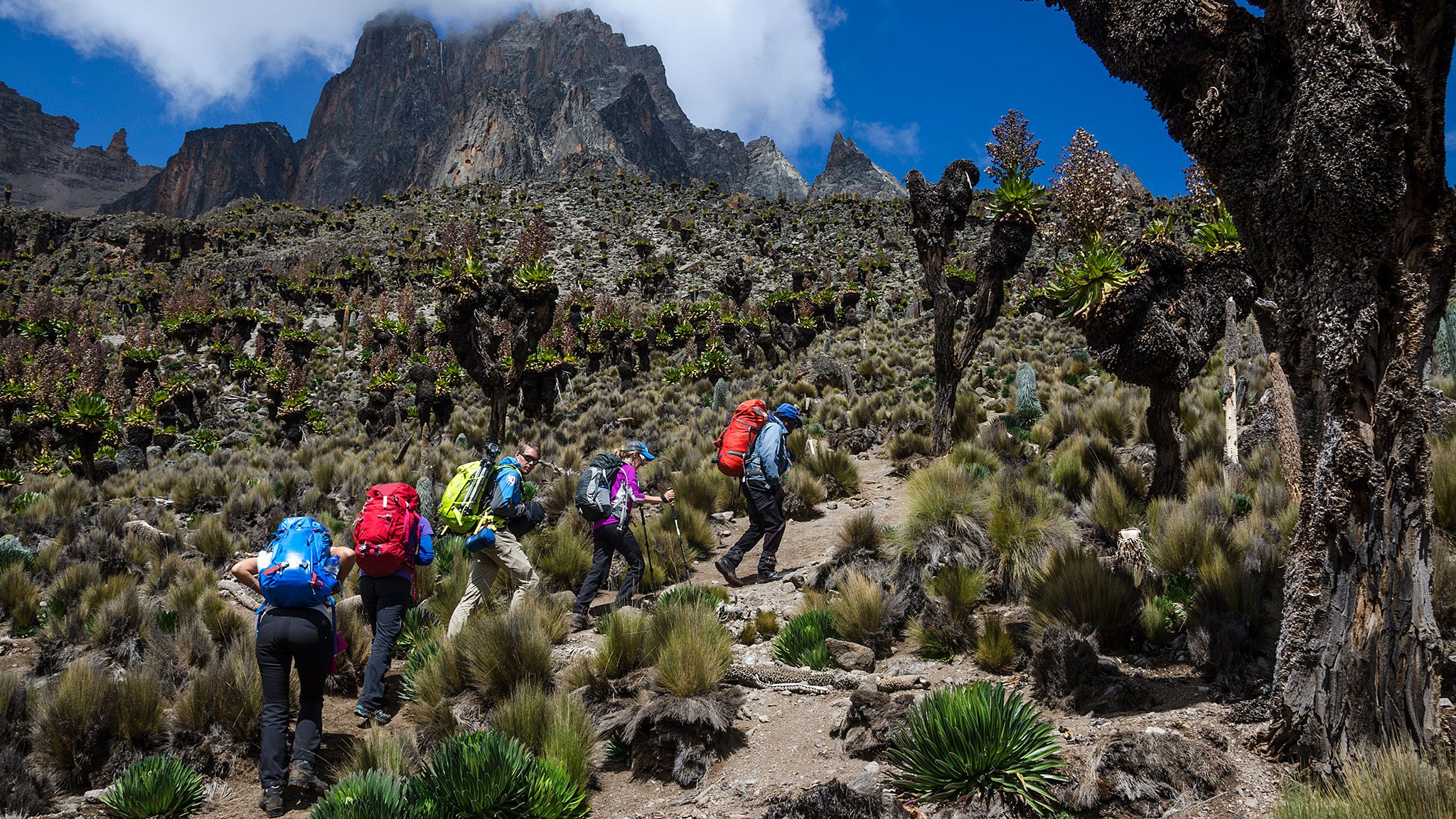
Pros:
-
Reliable weather and dry trails
-
High wildlife concentration in safari areas
-
Less crowded than early-year peak season
-
Great birdwatching near the forests and moorlands
Why It’s Still a Great Choice:
This second dry season offers similar conditions to January–March, but with slightly cooler temperatures. It’s also the best time for combining your trek with a Big Five safari, as animals are more active and visible in reserves like Samburu and Ol Pejeta.
Perfect for longer treks across Mount Kenya routes, wildlife photography, or honeymoon and luxury trekking-safari combos.
When to Avoid: Long Rains (April to June)
Cons:
-
Heavy rain leads to muddy and slippery trails
-
Poor visibility for summit views
-
Increased risk of landslides on some routes
-
Wildlife harder to spot in thick vegetation
Note
The long rains bring lush, green scenery, but trekking becomes more difficult and dangerous. Roads to parks and lodges can become impassable. Many lodges and camps close for maintenance during this time. Avoid this season if you want clear summit views, dry and stable trails, and easy wildlife sightings.
Short Rains (November to early December)
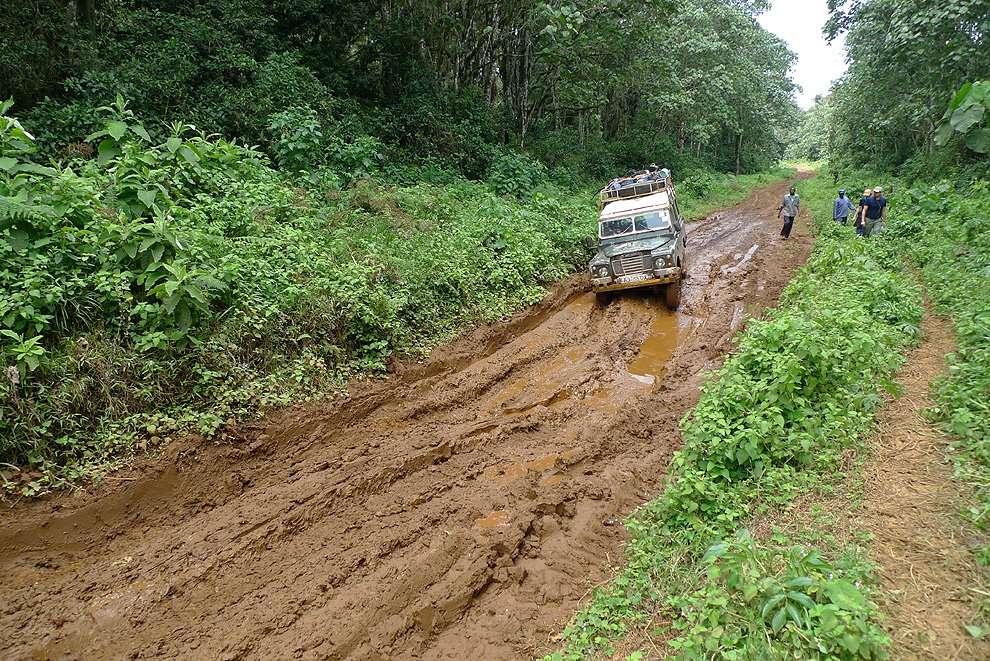
Pros & Cons:
-
Light rain, not as intense as April–June
-
Fewer crowds and lower prices
-
Cloudy mornings, but some clear windows
-
Wet ground and unpredictable trail conditions
This season is a gamble—it’s not the worst time, but it’s far from ideal. If you’re flexible and don’t mind a bit of rain, you can still enjoy a rewarding experience, especially if your focus is more on forests, waterfalls, or birding.
Mount Kenya Weather at a Glance
| Month | Weather | Trekking | Safari | Notes |
|---|---|---|---|---|
| Jan–Mar | Dry, warm | ✅ Excellent | ✅ Excellent | Peak season |
| Apr–Jun | Wet, rainy | ❌ Poor | ❌ Poor | Avoid |
| Jul–Oct | Dry, cool | ✅ Great | ✅ Great | Best combo season |
| Nov–Dec | Light rain | ⚠️ Mixed | ⚠️ Mixed | Budget-friendly, but risky |
Bonus Tips for Timing Your Trip
-
Full Moon Treks: Plan your summit night around the full moon for magical alpine views.
-
Book Early: Dry season permits and lodges fill up fast especially on popular routes like Sirimon and Chogoria.
-
Safari Extension Tip: Wildlife sightings are best during the dry months, when animals gather at watering holes.
Plan Around the Best Time with Cross Wild Safaris
Choosing the best time to visit Mount Kenya can be tricky, but you don’t have to do it alone, we specialize in tailored trekking and safari itineraries that take weather, wildlife, and your personal goals into account. Whether you’re after clear summit shots, Big Five encounters, or a romantic mountaintop escape, we’ll plan your journey at the perfect time of year. Book with us and Let us build your dream Mount Kenya adventure.

